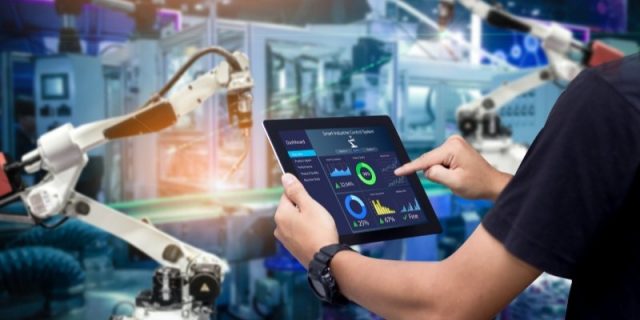Technology in the classroom can be so much more and so much different than the stereotypical mobile phone going off in the middle of class. Technology may potentially be a big tool, both in terms of pedagogical tools and in terms of communicating with the younger generations. But what’s the role of that?
For the application of technology for instructional or training purposes, the top six essential topics to consider include:
1) Active engagement with the learning material
Technology is collaborative and students learn through reviews, study, and research. This allows teachers as well as students to feel excited about what they read. For example, instead of staring at an image, they may learn geography through interactive applications such as Google Maps or Google Earth.
2) Use of real-world issues
This paradigm promotes the use of real-world teaching questions. Using the Internet students will discuss actual problems relevant to the curriculum at the point. The lesson is based on actual situations and real people, which allows students to learn.
3) Simulation and modeling
Simulation software helps bring actual activities to the classroom that without technology will be difficult to see. Using specialized modeling software, students can see celestial motions, the creation of a tornado, or the lives of the dinosaurs. Similar functions are supported by modeling tools. These techniques allow students to see the complex features of models instead of the static models used in previous decades.
4) Discussion and debate boards and forums
Use the web or software tools to build online groups, web pages, and virtual communities which link students and teachers worldwide in real-time. You will collect the teachers’ input and share their teaching questions and issues. By hearing and reading the thoughts and suggestions of others, students refine their reasoning, achieving a greater comprehension and understanding level. Online forums also give students the chance to connect worldwide.
5) Working groups
A class of students studying by themselves, who look at a book, should not require technology-based learning. Working groups facilitate groups, debates, and discussions and encourage the development of the complexities of the political party.
6) Coaching
Teachers are now playing a coaching role. They’re not only teachers who teach. Instead, the student practices are sponsored and directed like coaches. They provide the students with guidance and coaching to provide them with the best knowledge and academic preparation. Teachers instruct students to develop skills to solve challenges, investigate, and take decisions.
Final Words
Teaching means exposing students to a world of ideas they have not yet understood. Classroom technology is like a journey of new creativity – and you become the master of the expedition. Instead, you and younger minds are not seeing emerging devices and internet spaces as a challenge to your duties, but as unexplored fields of increase.
Follow Techiemag for more informative articles.
Table of Contents



![10.16.1oo.244 FTP Server Guide [Updated 2024] 10.16.1oo.244](https://www.techiemag.net/wp-content/uploads/2021/09/10.16.1oo.244-238x178.png)
![Modern app LTD app [Updated 2023] Modern app LTD app 2021](https://www.techiemag.net/wp-content/uploads/2021/08/shutterstock_copd1-1168x657-1-238x178.jpg)
![[Jan 2024] EZTV Proxy | Unblock EZTV | EZTV Alternatives eztv](https://www.techiemag.net/wp-content/uploads/2020/05/eztv-300x194.png)


